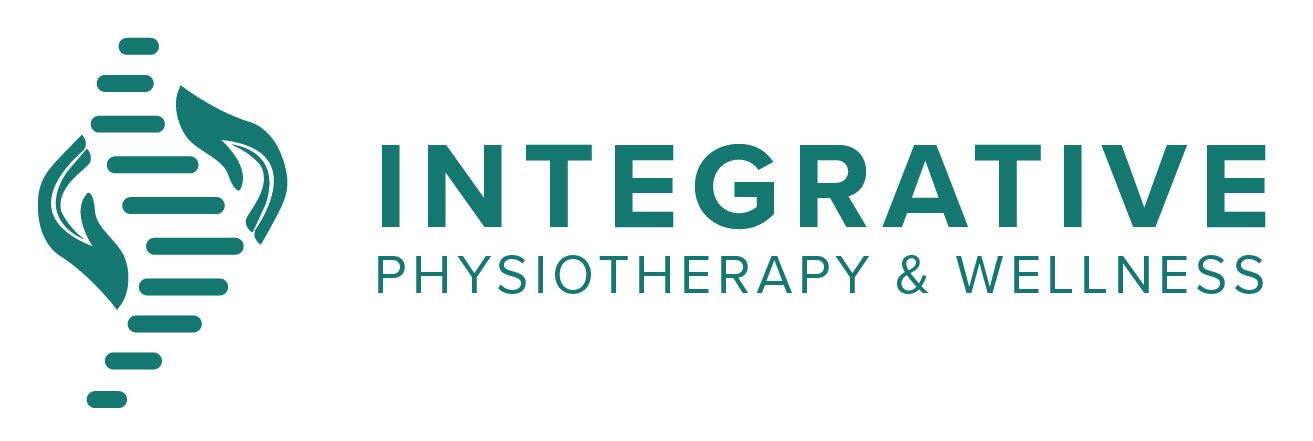Cupping Therapy: A Massage Therapy Perspective
The Ancient Practice of Cupping
Cupping therapy has been used for thousands of years across various cultures, including ancient Egypt, China, Greece, and the Middle East. While this technique has long been valued for its therapeutic effects, it gained widespread attention during the 2016 Olympics when athletes displayed its distinctive circular marks, highlighting its role in muscle recovery and performance enhancement. Historically, cups were crafted from materials such as bone and horn, whereas modern cups are made from glass, plastic, or silicone.
Why Consider Cupping Therapy?
Cupping is a versatile therapy that offers several potential benefits, including:
Pain management
Releasing fascial restrictions
Promoting lymphatic flow
Improving range of motion
How Cupping Works
During a cupping session, specialized cups are placed on the skin, creating suction. This suction is achieved either by manually compressing the cup or by using a valve system to remove air. Depending on the technique and the intensity of suction, the skin can be drawn 1–3 cm into the cup, facilitating increased circulation and tissue mobilization.
Conditions That May Benefit from Cupping
Cupping therapy may help manage various conditions, including:
Chronic headaches
Sinus congestion
Swollen lymph nodes
Scar tissue from surgery
Understanding Cupping Marks
The marks left by cupping result from minor capillary ruptures beneath the skin, leading to temporary discoloration (petechiae and purpura). These marks, often mistaken for bruises, typically fade within a few days and indicate increased blood flow to the treated area.
Scientific Perspectives on Cupping
While some skepticism exists regarding cupping's effectiveness, with critics attributing its benefits to the placebo effect, research suggests otherwise. Studies indicate that cupping may provide measurable relief for individuals experiencing pain and mobility restrictions.
Research on pain management suggests that regular cupping therapy can reduce the need for pain medication by up to 30%.
Studies on chronic lower back pain have shown a potential reduction in symptoms by up to 40% following multiple cupping sessions.
Patient surveys report that over 75% of individuals experience improved musculoskeletal pain and stiffness after cupping therapy.
A small-scale study found that 60% of migraine sufferers reported significant relief after four weeks of cupping treatments.
Conclusion
Cupping therapy continues to be a valuable tool in holistic pain management, post-surgical recovery, and mobility enhancement. Whether used as a standalone treatment or in conjunction with other therapeutic modalities, its ability to improve circulation, release fascial restrictions, and support the lymphatic system makes it a beneficial option for many individuals.
If you are experiencing chronic pain, post-surgical tightness, or restricted movement, cupping may be a beneficial addition to your wellness routine. Always consult with a qualified practitioner to determine if cupping is right for you.
About the Author
Jennifer Hewitt is a dedicated massage therapist in Barrie, Ontario, with a clinical focus in lymphatic drainage, oncology massage, and breast health. With advanced training, including certification as a Lymphedema Therapist and advanced oncology massage training, Jenn supports clients through cancer recovery, chronic pain management, and post-surgical healing. Passionate about holistic wellness, she integrate manual lymphatic drainage, cupping, Indie Head massage, and compression therapy into their practice. They also work with peri/menopausal women navigating mental wellness challenges. Through education and hands-on care, Jenn empowers patients to feel their best—body, mind, and soul.
Written By: Jennifer Hewitt
References
Pain Management & Chronic Lower Back Pain:
Cao, H., Li, X., Liu, J., & Sun, J. (2024). Cupping therapy for low back pain: A systematic review and meta-analysis. Complementary Therapies in Medicine, 75, 102938. https://doi.org/10.1016/j.ctim.2024.102938
Musculoskeletal Pain and Stiffness:
Cao, H., Li, X., Liu, J., & Sun, J. (2024). Cupping therapy for low back pain: A systematic review and meta-analysis. Complementary Therapies in Medicine, 75, 102938. https://doi.org/10.1016/j.ctim.2024.102938
Migraine Relief:
Aboushanab, T. S., & AlSanad, S. (2021). Cupping therapy: An overview from a modern medicine perspective. Journal of Integrative Medicine, 19(2), 93–100. https://doi.org/10.1016/j.joim.2020.12.001

